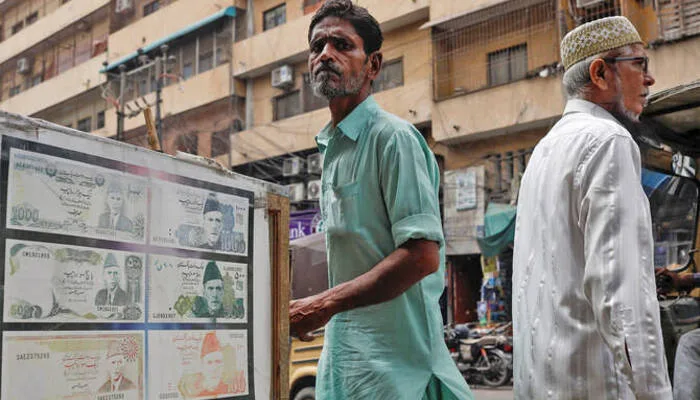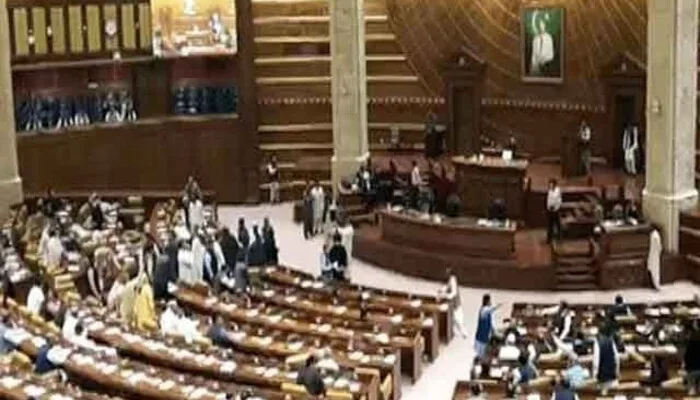
Pakistan’s Monetary Policy Committee (MPC) has decided to keep the policy rate unchanged at 11 percent, emphasizing monetary stability amid emerging economic risks and steady growth. The committee made this decision in response to rising inflation, external pressures, and budgetary challenges ahead of FY26.
Inflation and Growth Outlook
Inflation rose to 3.5 percent in May, aligning with expectations, while core inflation dropped slightly. Inflation expectations among households and businesses have eased. Still, the MPC expects inflation to rise moderately and stabilize within the 5–7 percent target range during FY26. Meanwhile, economic growth has gradually improved and is likely to gain pace next year, driven by previous rate cuts and stronger industry performance.
Economic Performance and Projections
Provisional GDP growth for FY25 stands at 2.7 percent, with the government targeting 4.2 percent for FY26. Growth in the second half of FY25 was led by industry and services, offsetting a decline in agriculture. High-frequency indicators, such as increased private sector credit and imports of capital goods, support this upward trend, although weather-related concerns may limit agricultural output.
Read: Petrol, Diesel Prices Hiked Sharply Across Pakistan from June 16
External Sector Challenges
The current account remained balanced through April, posting a $1.9 billion surplus for July-April FY25. However, growing imports and weaker exports may push the account into a moderate deficit next year. Remittances remain strong, but financial inflows are below expectations. The MPC expects FX reserves to rise to $14 billion by end-June, but warns of geopolitical and oil price risks.
Fiscal and Monetary Position
Revised estimates show a primary surplus of 2.2 percent of GDP in FY25, with a 2.4 percent target set for FY26. Improved revenues and controlled spending helped fiscal balance. Money supply growth slowed to 12.6 percent as government borrowing eased. Private credit rose 11 percent, with strong borrowing from key sectors and robust consumer demand.
Inflation Risks Remain
Though inflation rose due to food base effects, energy prices stayed lower. The MPC expects near-term volatility before inflation stabilizes. Risks include oil price swings, supply disruptions, and domestic energy adjustments.
Follow us on Google News, Instagram, YouTube, Facebook,Whats App, and TikTok for latest updates












